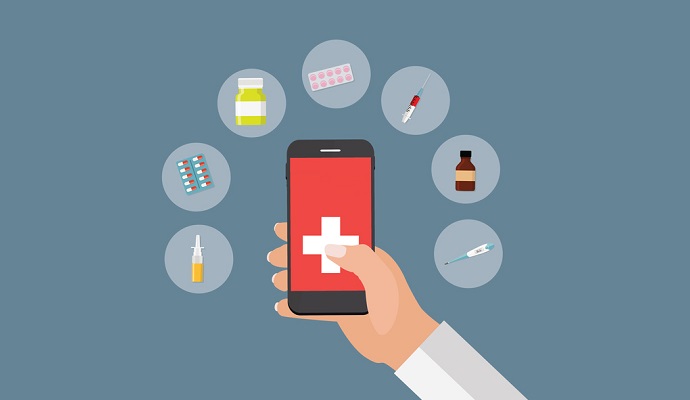Apple Mobility Data Tool to Track User Movement, COVID-19 Spread
The mobility data tool will gather data from 63 countries and regions using Apple Maps to uncover the change in volume of individual mobility during COVID-19.

Source: Thinkstock
- Apple recently released a mobility data trends tool from Apple Maps to track and mitigate the spread of the COVID-19 pandemic.
The app may be useful to governments and health authorities as a foundation for new public policies by showing the change of volume of people driving, walking, or taking public transit during coronavirus. Understanding where people have been and where hotspots arise may help public health officials understand the spread of the novel coronavirus and understand how to mediation the issue.
Apple does not keep a history of where a user has been and does not associate mobility data with a user’s Apple ID, the announcement emphasized.
The tool indicates mobility trends from major cities and 63 countries and regions using aggregated data from Apple Maps. The information is generated by number of requests made to Apple Maps for directions. The data sets are then compared to reflect a change in volume of people driving, walking, or taking public transit.
Data availability in a city, country, or region is affected by many factors, such as minimum thresholds for directions requests made per day.
“Apple has built privacy into the core of Maps from the beginning,” the company stressed.
“Data collected by Maps, like search terms, navigating routing, and traffic information, is associated with random, rotating identifiers that continually reset, so we don’t have a profile of your movements and searches. This enables Maps to provide a great experience, while protecting user privacy.”
Apple says it is dedicated to supporting the worldwide response to COVID-19. To accelerate contact tracing, Apple recently launched a joint effort with Google to enable the use of Bluetooth technology to help governments and health agencies reduce the spread of the virus, with user privacy and security central to the design.
Next month, both companies will release APIs that enhance interoperability between Android and iOS devices by leveraging apps from public health authorities to assist with COVID-19 contact tracing.
The smartphone apps will implement Bluetooth to track COVID-19 and provide experts with information about what people have been near each other without the need for personal information.
Bluetooth can track who’s nearby by using radio waves to uncover other devices that are around. It would release an opaque string of characters called an identifier beacon and other smartphones nearby would make a time-stamped log of that identifier, according to a recent NBC article.
If a user chooses to download the app, there would be an anonymous record going back 14 days of which other phones have been nearby and when.
Although privacy is vital, personal data associated with everyone who had tested positive in someone’s region would be built into the app. On an individual phone, the app would search a log of identifier beacons, comparing them with those of positive test cases.
“If there’s a match, you would get a notification on your phone, meaning that someone you’ve spent time with recently tested positive. You would not know who it was,” the article said. “The notification would have information on what to do next: perhaps get tested and self-isolate.
Google and Apple will enable a broader Bluetooth-based contact-placing platform through the app, which is more advanced than an API. This will allow a broader range of individuals to participate if they so choose.
“We will openly publish information about our work for others to analyze,” Apple said in the announcement. “All of us at Apple and Google believe there has never been a more important moment to work together to solve one of the world’s most pressing problems. Through close cooperation and collaboration with developers, governments and public health providers, we hope to harness the power of technology to help countries around the world slow the spread of COVID-19 and accelerate the return of everyday life.”
